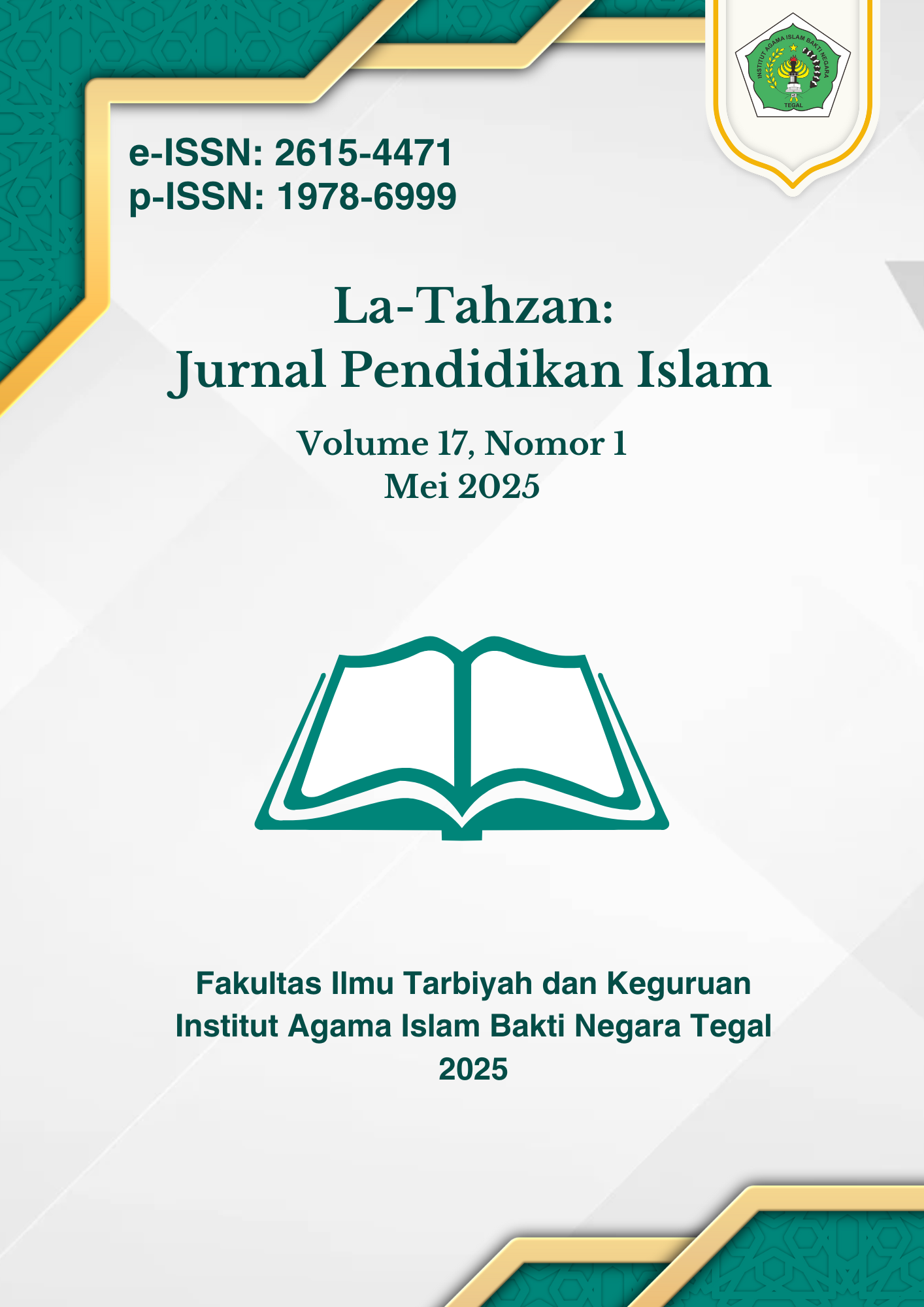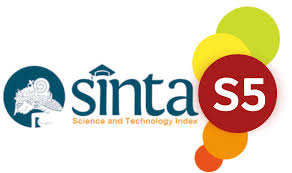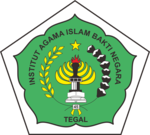Hadis Pendidikan: Tela’ah Pemikiran Abu Laits As-Samarqandi tentang Hak-hak Anak dalam Kitab Tanbih Al-Ghafilin
DOI:
https://doi.org/10.62490/latahzan.v17i1.1090Keywords:
Thought, Abu Laits, Children's Rights, Tanbih Al-GhafilinAbstract
Abu Laits As-Samarqandi's thought offers intellectual wealth that is very relevant to be studied in the context of contemporary Islamic education. In the midst of various challenges and dynamics of Islamic education today, revisiting the ideas of classical figures such as As-Samarqandi becomes a necessity, not just a historical search. This research will answer two important questions of Abu Laits As-Samarqandi's thinking in the field of education about children's rights to parents and the status of the hadiths that are the basis of his thought which have been documented in the work of Tanbih Al-Ghafilin. According to the focus of the problem studied, this research uses a qualitative approach, the type of research is in the form of literature, and the analysis technique is taken with a comparative descriptive method. The results of his research show that, First, Abu Laits As-Samarqandi's thoughts on the rights of children that must be fulfilled by parents are: (1) post-birth obligations which include giving names, education, and marriage, (2) developing into filial children, (3) obtaining family happiness, and (4) forming good personalities, vertically and socially. Second, in terms of the status of the hadiths that are the main basis of his thought, Abu Laits does not mention his hadith sanad in detail, considering that the book Tanbih Al-Ghafilin is not a hadith book. After going through the study, it was found that some of them were sahih and dha'if, however, arguing with the hadith of dha'if is permissible in the context of education because it is the virtue of charity (fadha'il al-a'mal).
References
Abu Bakar Al-Bazzar. 2009. Musnad Al-Bazzar. Madinah: Maktabah Ulum wa Al-Hikam.
Ab? D?w?d Sulaim?n As-Sijist?n?. n.d. Sunan Ab? D?w?d. Baerut: al-Maktabah al-‘A?riyah.
Abu Laits As-Samarqandi. n.d. Tafsir Bahrul ’Ulum. Baerut: Dar Al-Kutub Al-’Ilmiah.
Al-Baihaqi. 2003. Syu’ab Al-Iman. Riyadh: Maktabah Ar-Rusyd.
Al-Khathib Al-Baghadadi. 2004. Tarikh Al-Baghdad. Baerut: Dar Al-Kutub Al-’Ilmiah.
An-Nawawi. 2018. Al-Adzkar An-Nawawi. Baerut: Dar Al-Kutub Al-’Ilmiah.
As-Samarqandi, Abu Laits. 1995. Tanbih Al-Ghafilin. Mesir: Maktabah Al-Iman bi Al-Manshurah.
a?-?ahab?. n.d. Siyar A’lam An-Nubal?’i. Baerut: Muassisah ar-Ris?lah.
Burhanudin Hamnach. 2014. “Pemenuhan Hak-Hak Dasar Anak Dalam Perspektif Islam.” Adliya 8(1).
Emzir. 2012. Metode Penelitian Pendidikan. Jakarta: PT. Raja Grafido Persada.
Hasan Abdul Rahman. 2017. “Perlindungan Anak Dalam Islam (Al-Qur’an Dan Hadis).” Salam: Jurnal Sosial Dan Budaya Syar’i 4(2).
Hibban, Ibnu. 1988. Al-Ihsan Fi Taqrib Shahih Ibnu Hibban. Baerut: Muassasah Ar-Risalah.
Ibnu Abi Ad-Dunya. n.d. AL-Ikhwan. Baerut: Dar Al-Kutub Al-’Ilmiah.
Ibnu Sa’ad Al-Baghadadi. 2004. Thabaqat Al-Kubra. Baerut: Dar Al-Kutub Al-’Ilmiah.
Moleong, Lexy J. 2014. Metodologi Penelitian Kualitatif. Bandung: Remaja Rosdakarya.
Muhammad bin Isma’il Al-Bukhari. 2015. Adab Al-Mufrad. Beirut: Dar Al-Kutub Al-’Ilmiah.
Muhammad, Isma’il bin. 1993. Kasyf Al-Khafa’i Wa Muzil Al-Ilbas. Kairo: Maktabah Al-Qudsi.
Saebani, Beni Ahamad. 2018. Metode Penelitian. Bandung: CV.Pustaka Setia.
Santi Lisawati. 2017. “Melaksanakan Hak-Hak Anak Dalal Perspektif Islam Sebagai Upaya Pendidikan Agama Pada Anak.” Fikrah: Jurnal of Islamic Education 1(2).
Sugiyono. 2013. Metode Penelitian Pendidikan. Bandung: Alfabeta.
Yusuf, Ujang Andi. 2020. “Hak Pemberian Nama Anak Dalam Tinjauan Hukum Islam.” Al-Mashlahah, Jurnal Hukum Islam Dan Pranata Sosial Islam 08(01).
Downloads
Published
How to Cite
Issue
Section
License
Copyright (c) 2025 La-Tahzan: Jurnal Pendidikan Islam

This work is licensed under a Creative Commons Attribution-ShareAlike 4.0 International License.
The copyright of the received article shall be assigned to the journal as the publisher of the journal. The intended copyright includes the right to publish the article in various forms (including reprints). The journal maintains the publishing rights to the published articles.
In line with the license, authors and any users (readers and other researchers) are allowed to share and adapt the material. In addition, the material must be given appropriate credit, provided with a link to the license, and indicated if changes were made. If authors remix, transform, or build upon the material, authors must distribute their contributions under the same license as the original.
















